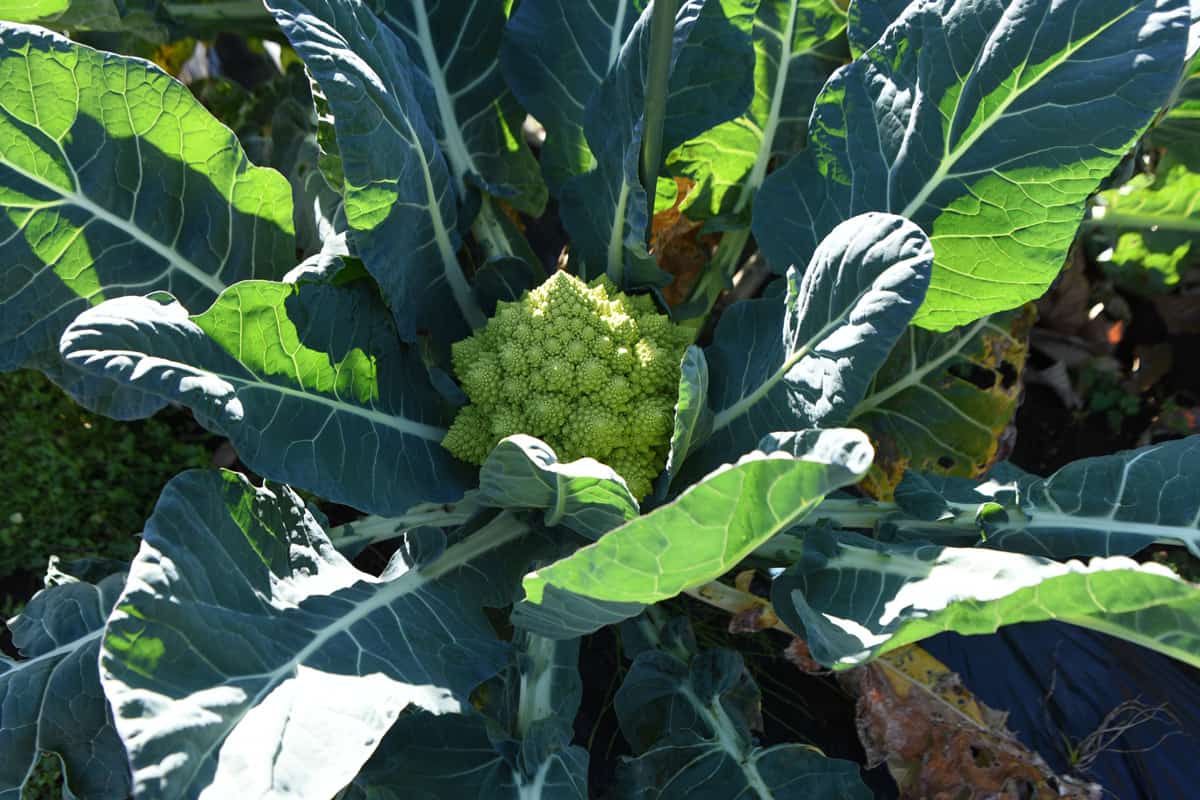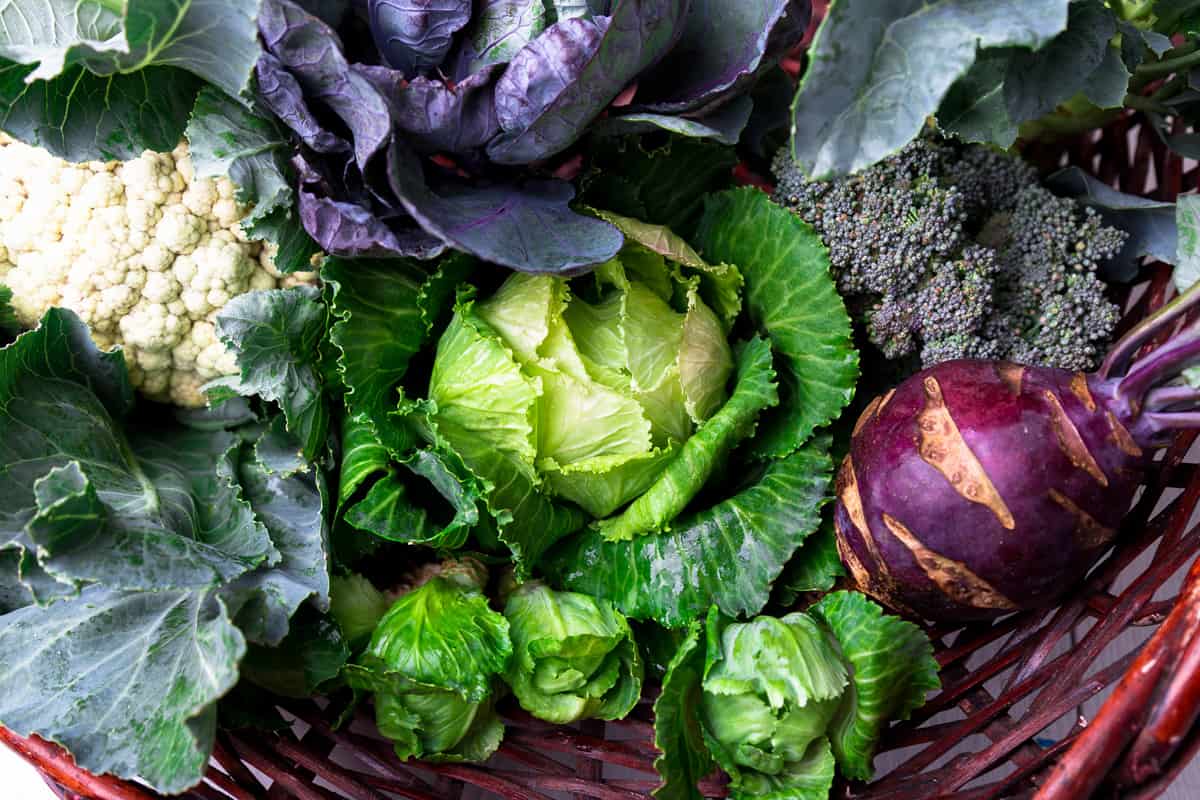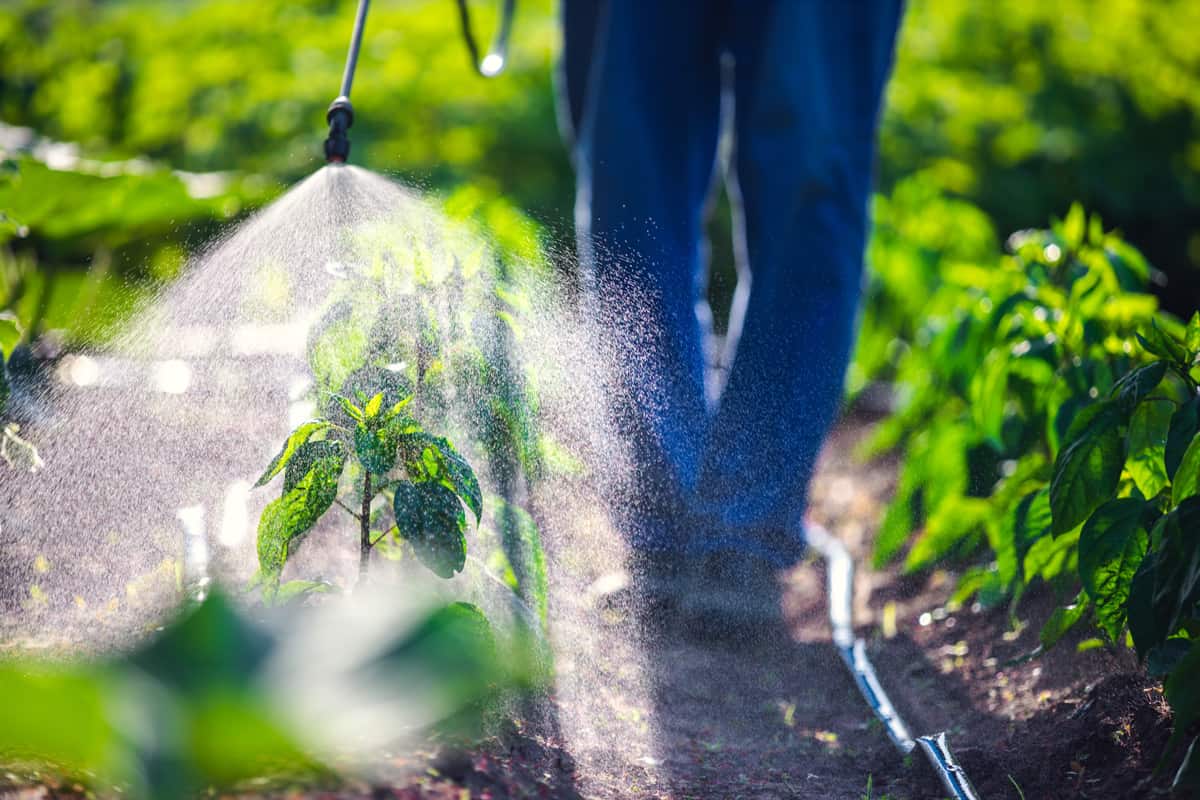Brassicas come in different kinds and require additional nutrients. But if you want to know if they're heavy feeders, we got you covered. Luckily, we researched to find out the answer to your question. With that said, let's dive right in!
Brassicas are heavy feeders and require a lot of nutrients and organic matter. Growing them in soil rich in nitrogen, potassium, sulfur, and calcium will ensure they grow with the proper nutritional value and amazing flavor.
The key to successfully growing brassicas is knowing the right conditions for soil, fertilizers, pest control, and hydration. If you want to learn more about those key points, read on!
Are Brassicas Heavy Feeders? How Do You Care For Them?
Brassicas come in different shapes and sizes. You have cabbage, kale, cauliflower, broccoli, rhubarb, and many more. All of these are heavy feeders.
This means they require nutrient-rich soil with the right amount of nitrogen, potassium, phosphorus, and calcium. The key to giving them all the nutrients they need is using the right fertilizer and keeping the soil rich in organic matter.
Managing Your Soil

Your soil will be your best friend for growing brassicas alongside organic matter. This is because nitrogen will penetrate through your soil even better with the help of organic matter.
Those two things in your soil will make your plants rich in nitrogen instead of dry and sandy.
To keep things accurate, you should take a soil test to determine how much nitrogen, phosphorus, potassium, and other micronutrients are in your soil.
One farmer mentioned that a common issue among brassica farmers is not fertilizing their brassicas properly, resulting in poor cold tolerance and overall growth.
Potassium requirements, for example, are hard to meet when using the 10-10-10 method with 200-300 lbs. of potassium per acre. Instead, use only 100 lbs. per season to promote cold tolerance and overall growth.
Another important note to include in maintaining your soil is to do a pH test. Brassicas do well in soils with a pH between 6 to 7. It is vital to know the pH level of your soil to change it into nutrient-rich soil.
One overlooked point is using sulfur. Using at least 50 lbs. of fertilizer-grade ammonium sulfate will help tremendously in adding nitrogen and improving the protein levels of your brassica plant. To keep the soil rich in nutrients, periodically test it.
Among the many nutrients that brassica needs, nitrogen is what it needs most.
Then comes phosphorus and potassium. It's also great to improve the amount of boron in your soil, especially if it's dry and sandy. Boron deficiency will lead to browning leaves and a hollow heart.
Calcium should also be taken into account to keep your brassicas healthy.
Calcium deficiency is one of the main reasons young brassica leaves turn brown, and it can be a major problem with cabbages since the leaves stick together. With a cauliflower, you can always trim off the leaves.
The reason? Excessive usage of nitrogen causes the brassica to grow too fast. Not watering the plants as recommended also contributes to this.
To keep your soil hydrated and less sandy, you might want to read and learn more from this post, "Will Brassicas Grow In Sandy Soil?"
Check out this soil pH soil tester on Amazon.
Fertilizer Timing And Application
There are two types of nutrients: immobile and mobile. Nitrogen such as phosphorus and potassium are immobile, meaning they should be mixed deep into the soil (about 6 to 8 inches deep) to reach their full effect.
Nitrogen, a mobile nutrient, should be applied during plantation and then two or three times after transplanting. Depending on soil levels, you should apply 100 to 180 lbs. of nitrogen, 250 lbs. of potassium, and 150 lbs. of phosphorus per acre.
Other than that, it's also essential to take note of the texture of the soil before applying nitrogen and potassium.
Sandier soils should get less nitrogen and potassium and more frequent applications than finer soils. But for those who prefer to grow their crops organically, it's generally okay to use compost before planting.
Spacing

Since brassicas are heavy feeders, they require a lot of nutrients to grow bountiful. The secret is spacing between plants to ensure that the plants don't have to compete for nutrients and light.
Not giving them enough space will result in anemic-looking crops.
Another important note is that the proper spacing will prevent cramping your plants together. Since brassicas can grow large, it's only right that you give them enough room.
Here's a simple spacing guideline to follow:
![Summer cabbages grown in a raised bed on an allotment, ready for harvesting., Are Brassicas Heavy Feeders? [& Care Tips]](https://gardentabs.com/wp-content/uploads/2023/01/20.-Are-Brassicas-Heavy-Feeders-_-Care-Tips.jpg)
- Kale 12-18" apart
- Cauliflower 18" apart
- Cabbage 2' apart
- Brussels 18"-2' apart
- Broccoli 12-18" apart
- Collars 12-18" apart
As you see, some of these brassicas need a lot of space to grow large and plump. Cabbage, for example, can spread up to a whopping 3 feet in diameter, so giving them enough space will ensure a huge crop.
Common Growth Problems In Broccoli And Cauliflower
Because of timing and temperature, growth problems can occur in most broccolis and cauliflowers. To prevent these development problems, you need to know what's causing them.
Riceyness

When your plants are still young, warm to extremely hot weather can make the heads malformed.
The common term is "ricey," where the head is uneven, the color is pale, and the crop is generally unmarketable.
So you must choose a particular variety depending on your location. If you're somewhere warm, you can use a heat-tolerant variety of broccoli.
Fluctuating Temperature
Brassicas thrive under favorable temperatures such as California's temperature, around 63 to 83 Fahrenheit during the day and 37 to 53 Fahrenheit at night.
A shallow temperature would result in damaging the curds and secondary decay. Scorching temperatures will produce low-quality crops among broccolis and cauliflowers.
However, cabbage is on a different lane. They aren't that much affected by strong weather changes (but do avoid planting them in a scorching location.)
Timing
Just like most plants, brassicas yield when planted around the right time. It is advised that planting them earlier than recommended is a lot better than planting them later.
Whether you're looking for a mid to late-season harvest, cabbages, broccolis, and cauliflowers wouldn't be affected much by the heat if you plant them earlier in the season. But if you plant them too late, it can result in zero crops.
Taking Pest Control Seriously For Brassicas

Brassica plants are at risk of pests, and when you don't get rid of these pests early on, you may end up with bad, unmarketable brassicas.
Many kinds of pests enjoy lurking in brassica plants. Cabbageworms, for example, are a common problem with cabbages.
Flea beetles, white moths that hatch caterpillars, aphids, harlequin beetles, and wireworms are among the many pests that lurk in your crops.
You can use a row cover to prevent their overgrowing population in your crops. It's great for preventing flea beetles from getting in.
Green caterpillars from white moths like to munch on leaves, leaving small holes throughout the plant. You can get rid of them by spraying Bacillus thurgenensis.
If you don't want to use that much fertilizer, spray a soapy water mixture on your plants. Brush it off with gloved hands after.
It's also helpful to use neem or Beauveria bassiana spores to kill the beetles early on. Occasionally spray them with water to effectively get rid of them.
But if the beetles have reached full maturity, you may have to pick them by hand as it will be hard to get rid of them by just using the materials mentioned.
To prevent wireworm growth that eats up the roots of your brassicas, plant mustard around the crops to avoid them.
Fungi is also another infection to be wary of. To prevent fungi from invading your crops, follow the correct spacing for these plants to promote airflow. Also, avoid excessive watering to prevent fungal growth.
Check out this row cover on Amazon.
To Finish It Up
Brassicas come in different shapes and forms, but one important thing to note is that they're all heavy feeders. They require a lot of nutrients and care to grow bountiful and flavorful.
The key is to test the soil, find out what's missing, improve the quality of the ground, plant your brassicas using the proper spacing, and prevent pest growth.
You'll grow them large, beautiful, flavorful, and marketable.
Made it to the end? Check out these related garden articles below:


